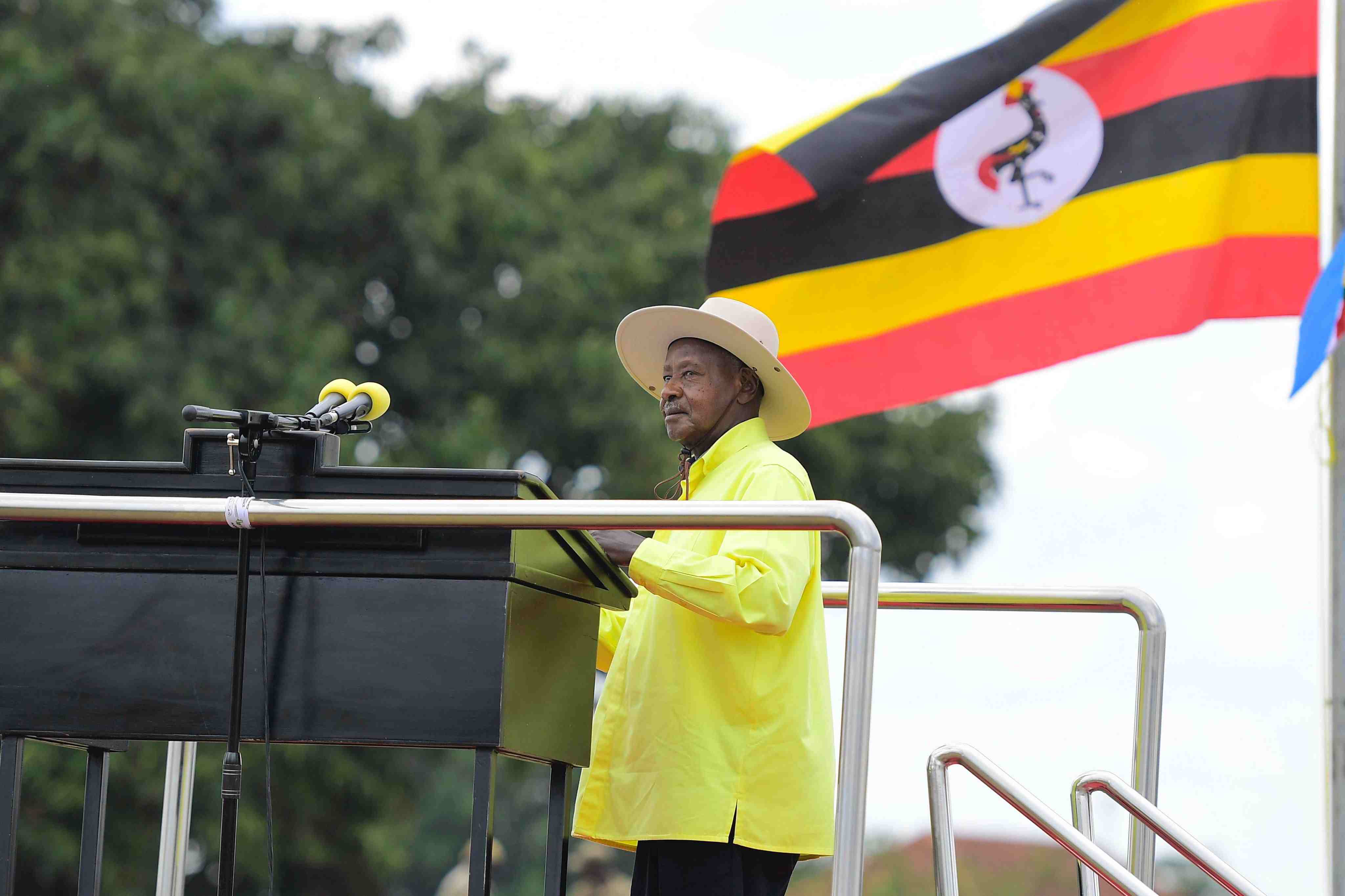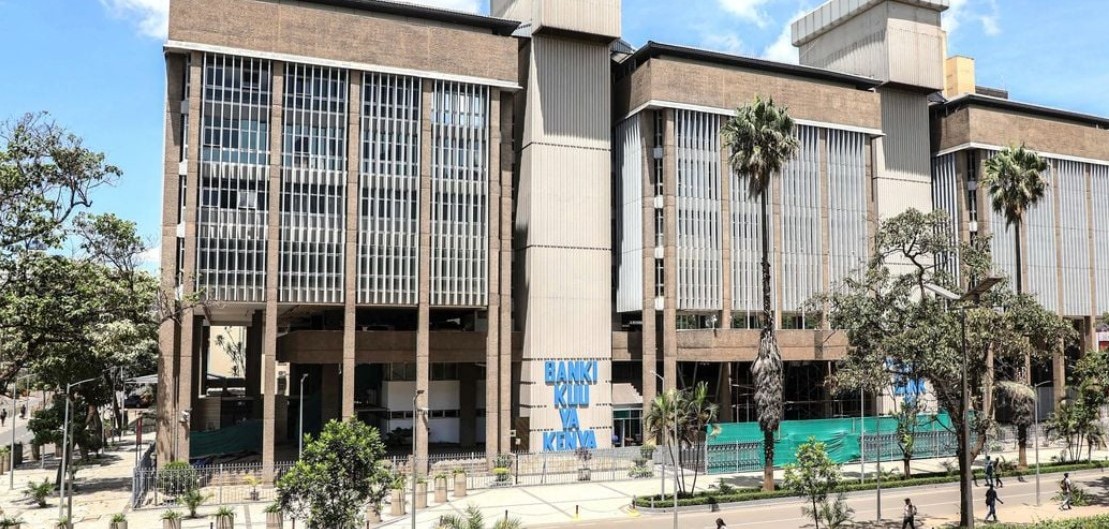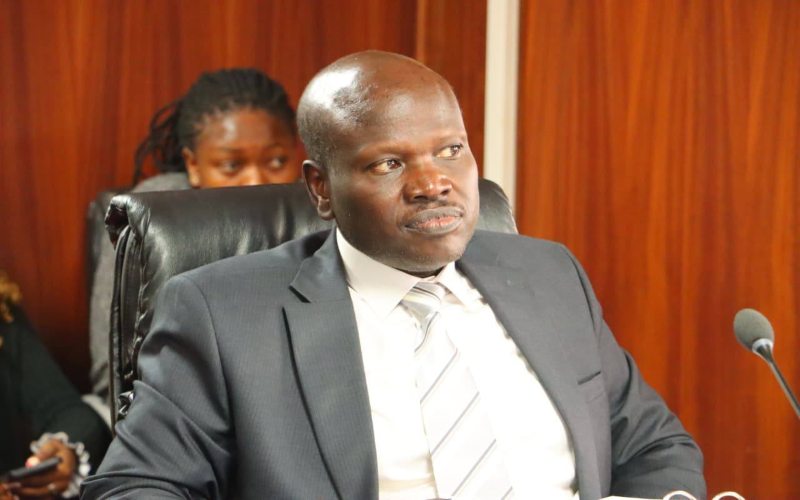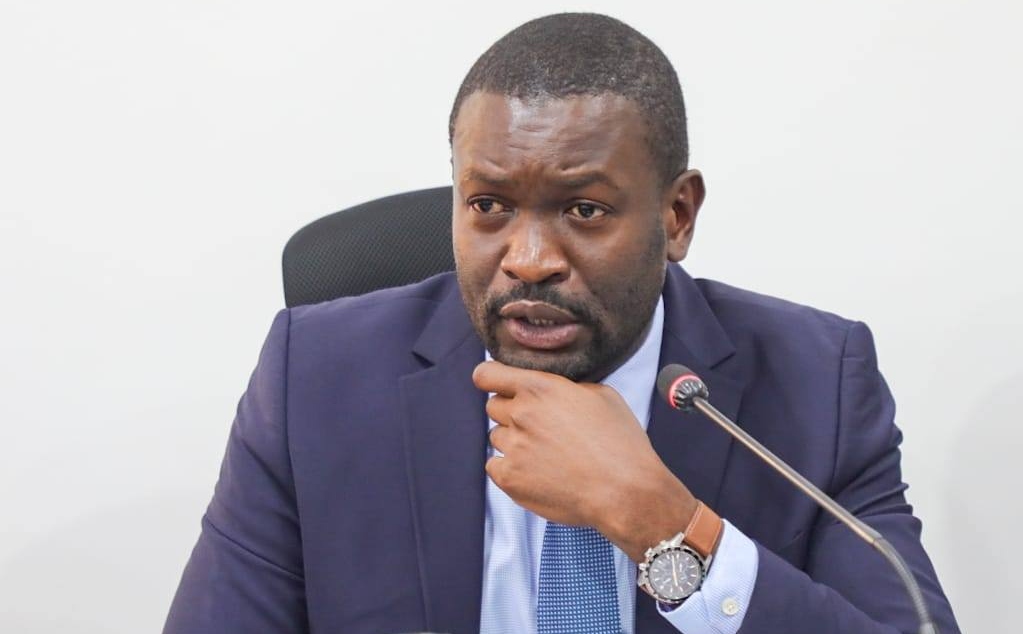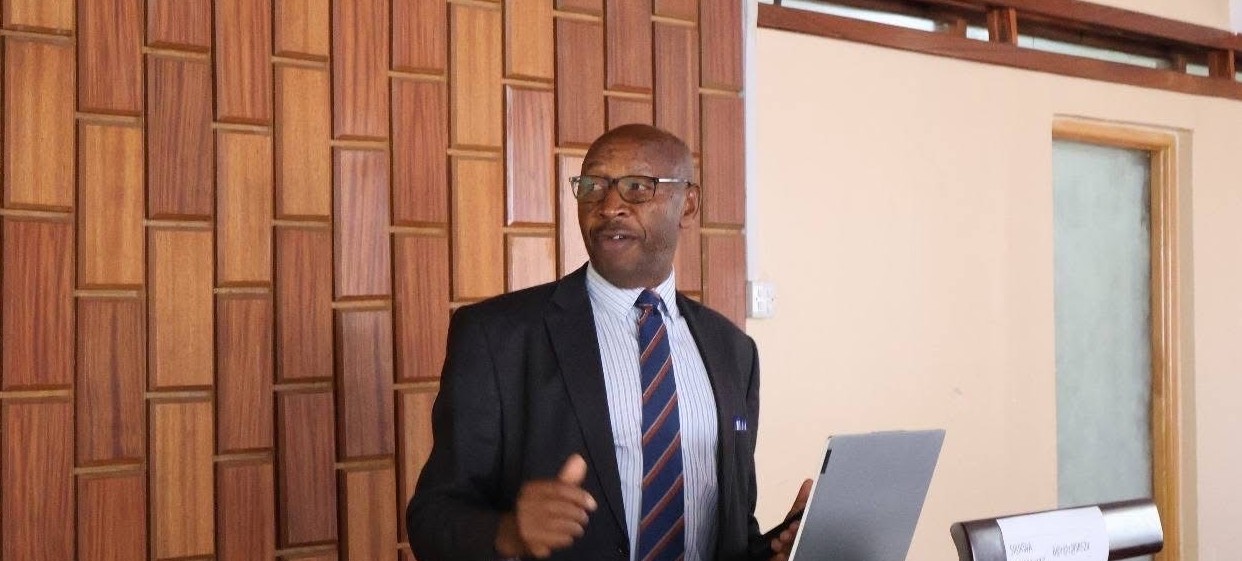Sudan war: Over 8.5 million displaced, border crossings surpass 1.8 million

Sudan has experienced the almost complete destruction of its urban middle class: architects, doctors, teachers, nurses, engineers, and students have lost everything.
A year on, the war in Sudan continues to rage, with the country and its neighbours experiencing one of the largest and most challenging humanitarian and displacement crises in the world. The number of Sudanese forced to flee has now surpassed 8.5 million people, with 1.8 million of them having crossed borders.
The ongoing conflict has shattered people’s lives, filling them with fear and loss. Attacks on civilians and conflict-related sexual and gender-based violence continue unabated, in violation of international humanitarian and human rights law.
More To Read
- Sudan’s war-tested university: How Mashreq kept students learning amid conflict
- UN welcomes aid supply talks with Sudan army
- Ignored warnings, deadly consequences: How UK failed Sudan's El Fasher civilians
- Sudan records nearly 2,000 cholera deaths as conflict exacerbates outbreak: Africa CDC
- Sudan: One-sided truce prompts calls for humanitarian aid
- Sudan's paramilitary forces agree to proposal of humanitarian truce
Sudan has experienced the almost complete destruction of its urban middle class: architects, doctors, teachers, nurses, engineers, and students have lost everything.
Access constraints, security risks and logistical challenges are hampering the humanitarian response. Without incomes, and amid disrupted aid deliveries and harvests, people cannot get food, prompting warnings of worsening hunger and malnutrition in parts of the country.
While the war started one year ago, thousands are crossing borders daily as if the emergency had started yesterday. In South Sudan, on average, over 1,800 people are still arriving every day, increasing pressure on overstretched infrastructure and exacerbating the vast humanitarian needs. The country has received the most people from Sudan – nearly 640,000 people – many of them South Sudanese returning after many years.
Chad has experienced the largest influx of refugees in its history. While teams from UNHCR, the UN Refugee Agency and partners, have managed to relocate most refugees to new and expanded settlements, over 150,000 remain in border areas in overcrowded and unsanitary conditions, largely due to funding shortfalls.
In the Central African Republic, in March alone, over 2,200 people arrived from Sudan to hard-to-reach areas where logistical challenges hindered aid delivery.
The number of Sudanese registered with UNHCR in Egypt has increased fivefold over the past year, with a daily average of between 2,000 to 3,000 refugees and asylum-seekers from Sudan approaching UNHCR reception areas in Greater Cairo and Alexandria.
Ethiopia, which already hosts one of the largest refugee populations on the African continent, also reports continued new refugee arrivals, recently surpassing 50,000.
Those crossing borders, mostly women and children, are arriving in remote areas with little to nothing and in desperate need of food, water, shelter and medical care. Many families have been separated and arrive in distress. Parents and children have witnessed or experienced appalling violence, making psychosocial support a priority.
Clip from Geneva Press Briefing 9 April 2024 - Olga Sarrado, UNHCR spokesperson and Marie-Hélène Verney UNHCR’s representative in South Sudan pic.twitter.com/pozLxj7Xbu
— UN News (@UN_News_Centre) April 9, 2024
Many children arrive malnourished. In Chad, 33,184 cases of moderate acute malnutrition and 16,084 cases of severe acute malnutrition have been identified among child arrivals under 5 years in the past few months.
As the conflict continues, and the lack of assistance and opportunities deepens, more people will be forced to flee Sudan to neighbouring countries or to move further, risking their lives by embarking on long, dangerous journeys to safety.
In the last year, Uganda – which already has over 1 million refugees – has welcomed 30,000 Sudanese refugees, including over 14,000 since the start of the year. Most Sudanese who arrive are from Khartoum and have a university-level education.
UNHCR statistics show increased movements of Sudanese refugees to Europe, with 6,000 arriving in Italy from Tunisia and Libya since the beginning of 2023 – an almost sixfold increase from the previous year.
Host countries have been extremely generous in welcoming those forced to flee and making efforts to ensure they can access public services, including documentation, education, healthcare and housing. We are working hard to mobilise an early development response to support national services in line with the Global Compact for Refugees.
Despite the magnitude of this crisis, funding remains critically low. Only 7 per cent of the requirements outlined in the 2024 Regional Refugee Response Plan for Sudan have been fulfilled.
Similarly, the Humanitarian Response PlanLink is external for inside Sudan is just 6 per cent funded. UNHCR and partners are saving lives, but in many locations, we have been unable to provide even the bare minimum. Firm commitments from the international community to support Sudan and the countries hosting refugees are needed to ensure those forced to flee by the war can live with dignity.
Top Stories Today



